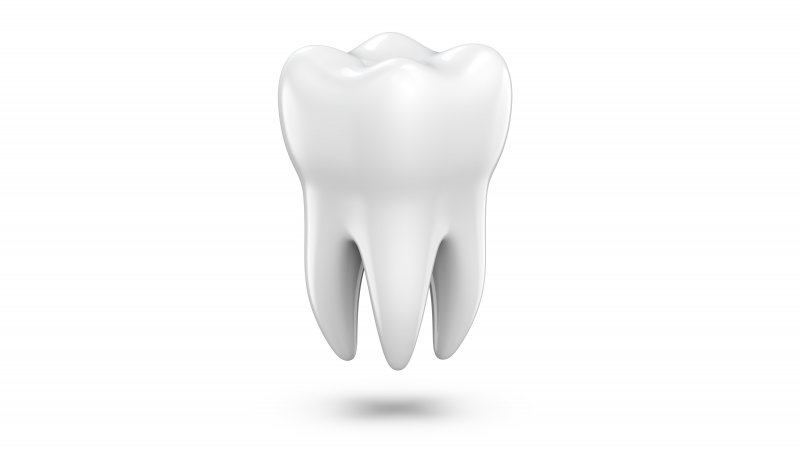
If you’re a heavyweight boxer, a hockey player, a daredevil, or if you just happen to trip over the dog and land face-first on the edge of the coffee table, you might have the unfortunate experience of dislodging a tooth. Nobody ever wants to endure losing a tooth; however, it can be saved if you know what to do and where to go. Your emergency dentist is well-equipped to reimplant the tooth in your mouth if you get to the office in time, and it’s best to get the tooth there within one hour of the injury. Here are some tips for caring for and transporting a dislodged tooth to the dentist’s office.
Rule Number One: Don’t Touch the Root
The part of the tooth that is normally visible is called the crown and the part that is hidden within the socket is called the root. The root is full of soft tissues and nerve vessels, and they will be shocked and distressed if the tooth is dislodged from the socket. To avoid further damage to these parts of the tooth, do not touch the root under any circumstances, and do not wrap the tooth in a cloth.
If the tooth is dirty, clean it by swishing it in a bowl full of lukewarm water. Do not attempt to clean the tooth using cleaning agents, running water, or hot or cold water, as these can all damage the tissues in the root.
Transporting It to the Dentist
If you can, gently replace the tooth root first back in its socket, carefully holding it in place by biting down on a piece of gauze. If this can’t be done, don’t force it; instead, you can place the tooth in a small plastic container, your own saliva, or a cup of milk. Many pharmacies sell products that can keep a dislodged tooth in savable condition for up to twenty-four hours, so you might want to stock up if you enjoy hobbies or sports that are known to have knocked out a few teeth.
It’s best to have the emergency number of your dentist’s office in your address book ahead of time so that you can call them when you lose a tooth and let them know you are coming. When you get to the office, your dentist will assess the injury to determine the best course of action. If the tooth can be reimplanted, you will probably be scheduled for follow-up visits to make sure healing is going well.
Keeping your head about you during a stressful situation can be the deciding factor in getting the best result out of it. Knowing what to do for a dislodged tooth ahead of time will allow you to act quickly and decisively to save a tooth’s life and keep a smile beautiful for a lifetime.
About the Author
Dr. Jasmine King earned her Doctor of Dental Surgery from The University of Tennessee College of Dentistry and pursues many hours of continuing education every year. She is a member of the American Dental Association, the Texas Dental Association, and the Fort Worth District Dental Society. Her practice in Fort Worth, TX, offers general, pediatric, restorative, cosmetic, and emergency dentistry. If you need help with a dislodged tooth, dial (817) 292-7488, or contact her office online if you want to schedule an appointment.
